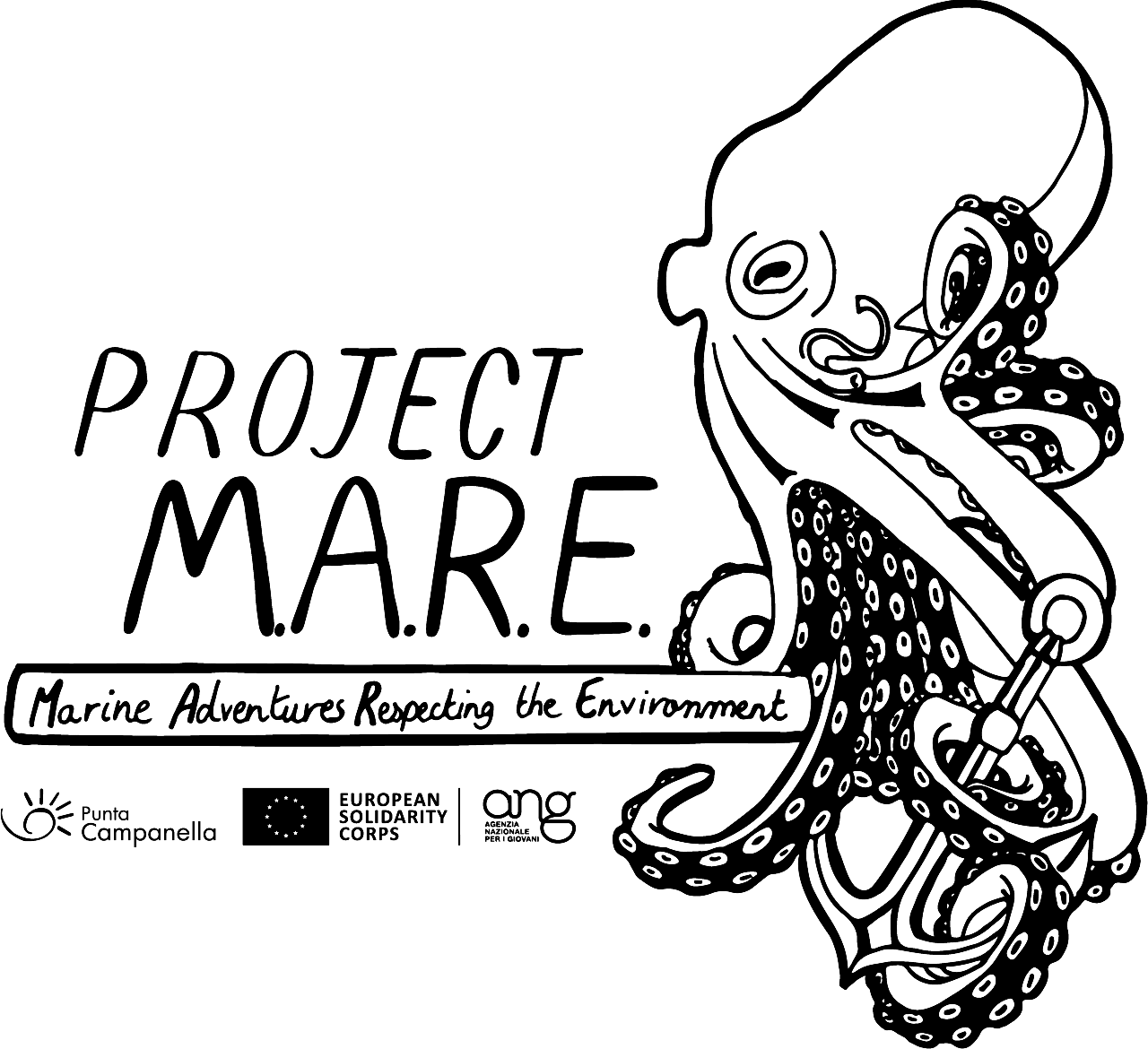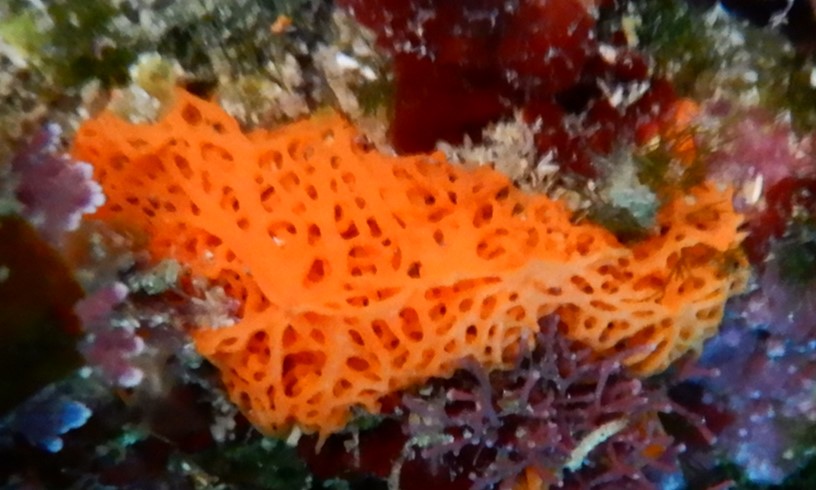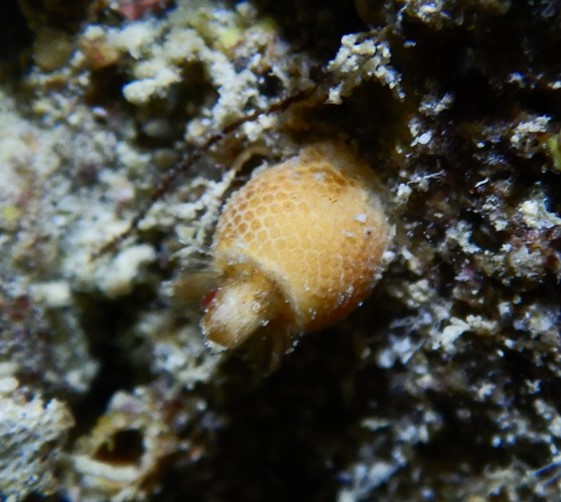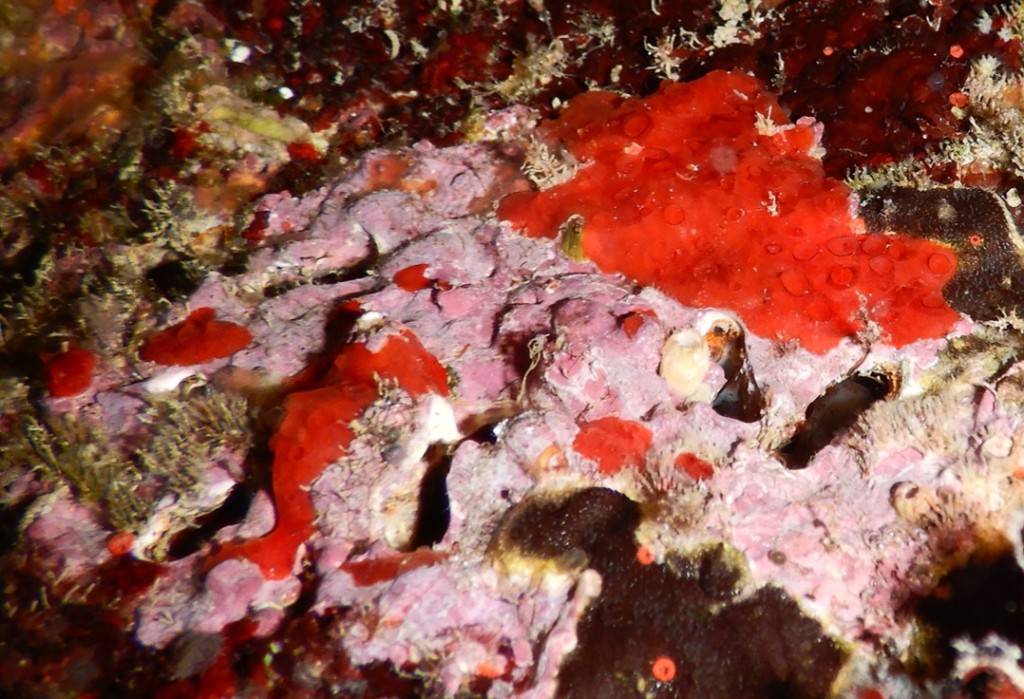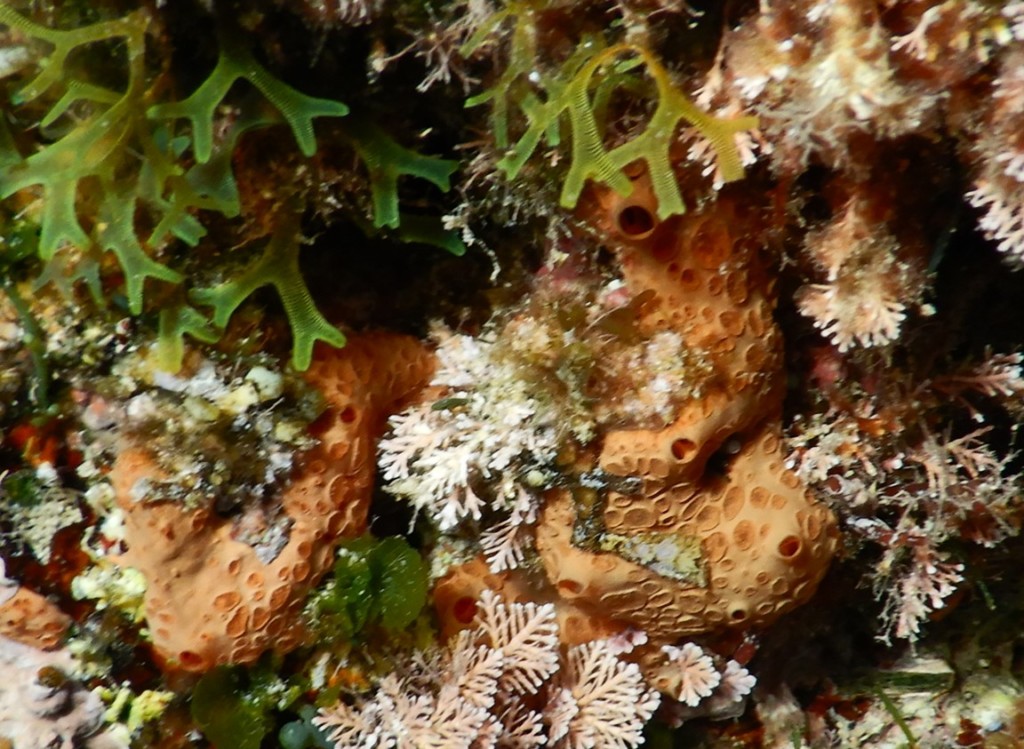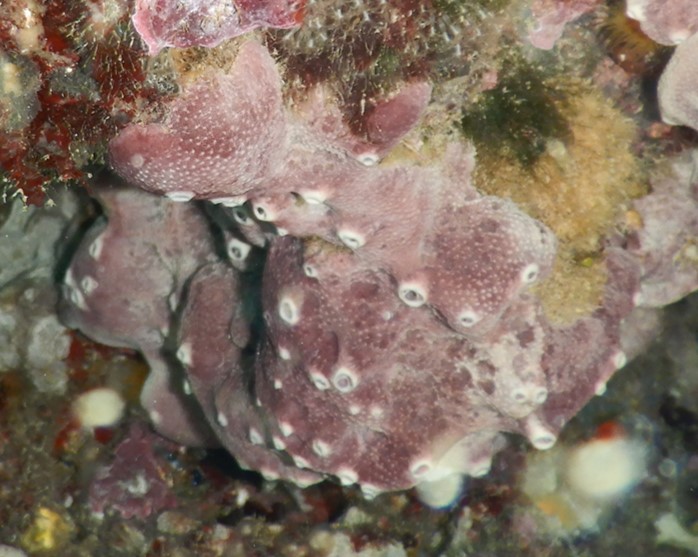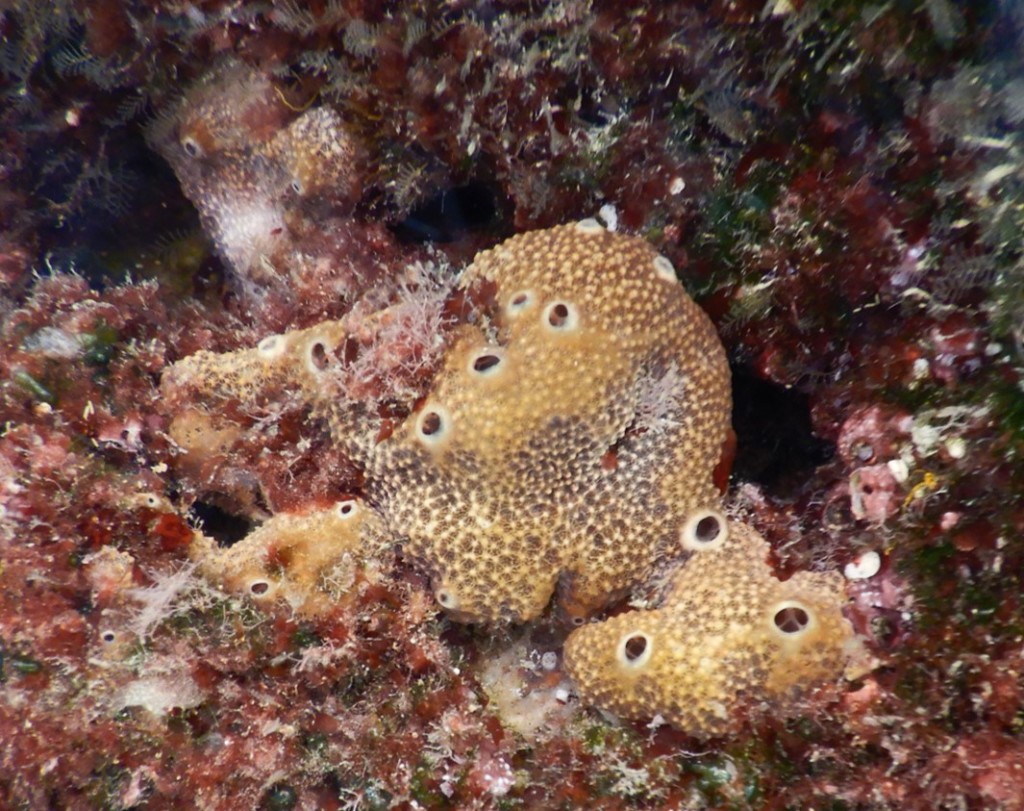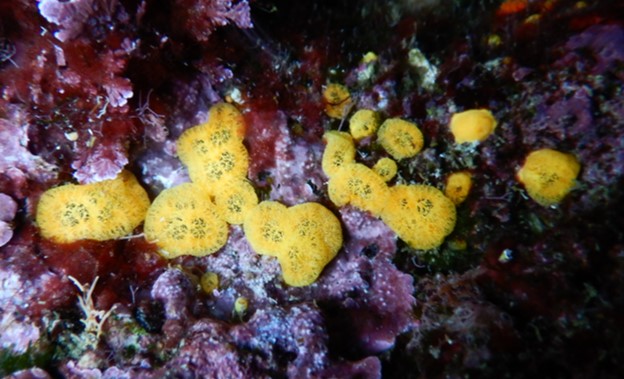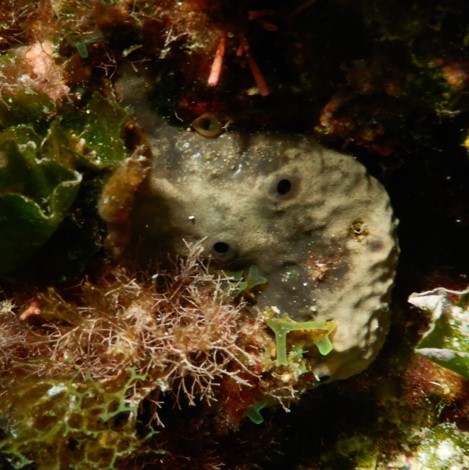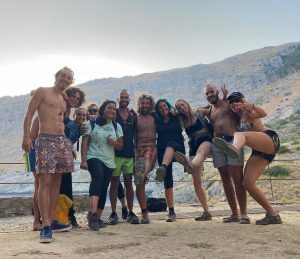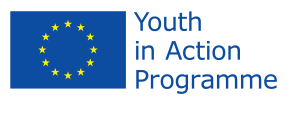Sponges (Porifera)
Description: Porifera is commonly referred to the sponge organisms but they can also be translated in Latin as the ‘pore bearing’ organism. This phylum consists of immobile organisms that use unique means of feeding and reproduction to survive. They are different from most organisms in the ocean as they do not possess any muscles, nerves, nor digestive system. There are roughly 5,000+ different species of Porifera and Ieranto possess about 23 of them. Sponges have been thought to be dated back about 500 million years and it is believed that a sea sponge is actually the first animal to be on the earth. Most sponges can be found attached to rocks and coral reefs for optimal feeding opportunities. They can live in the shallow intertidal zone or in deep waters depending on the organism necessities. Though a majority of sponge species can be found in a marine environment, they can also be found in almost any body of water including freshwater.
Feeding: Instead of using a mouth to capture and chew food, Porifera uses the small pores on their outer wall to filter water through the body. As the water is filtered in and out the sponge uses little hair-like structures, called choanocytes, to collect and bring in food and oxygen that is needed to survive. Though this process is similar for all sponges each sponge has its own unique filter and canal system that uses to collect the nutrients.
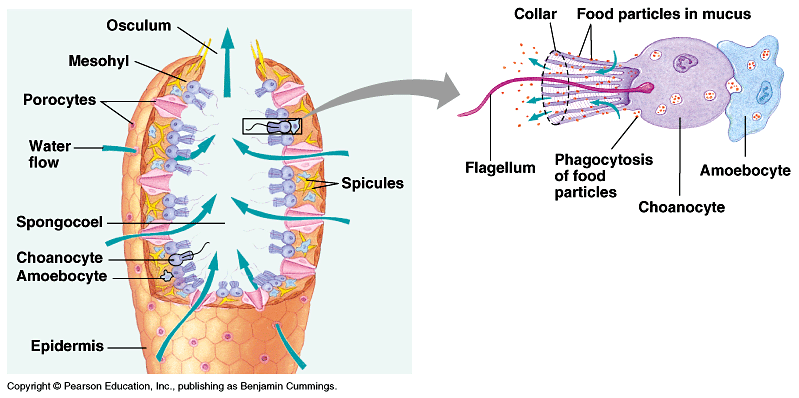
Reproduction: Sponges are among a group of organisms that can possess both egg and sperm and can reproduce either sexually or asexually. When the sponge is producing sexually it will either release sperm into the water column or it will produce eggs, it will not do both at the same time. The sperm are then free floating until they find another sponge, that has produced eggs, to attach to. If a sponge is reproducing asexually then it means a piece of the sponge will break off and land in a new spot to start its own life cycle. This can be as close as right next to the original or as far away as the new piece can get.
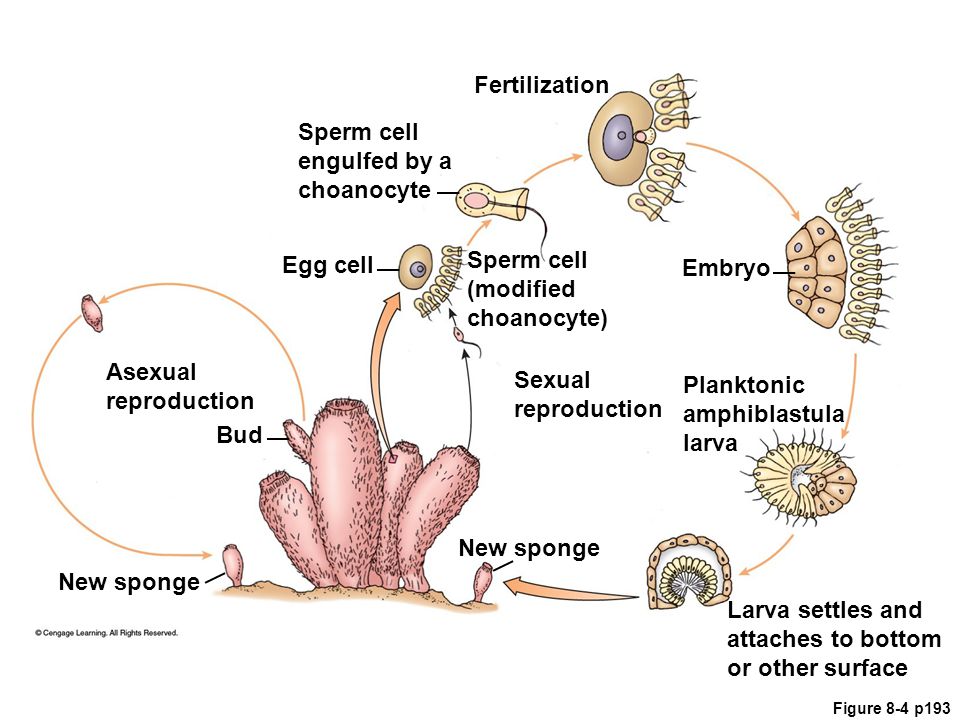
Classes: There are 3 main classes of sponges
1. Calcarea – the calcareous sponges;
2. Demospongiae – the soft sponges;
3. Hexactinellida – the glass sponges.
Ieranto bay consists of Calcarea as well as Demospongiae.

